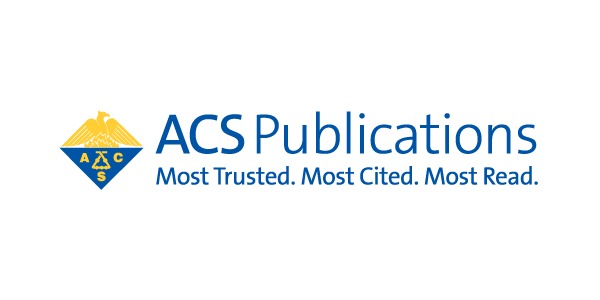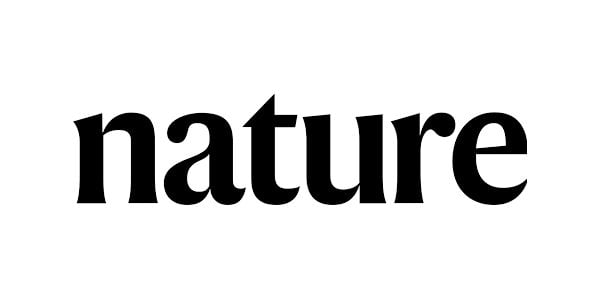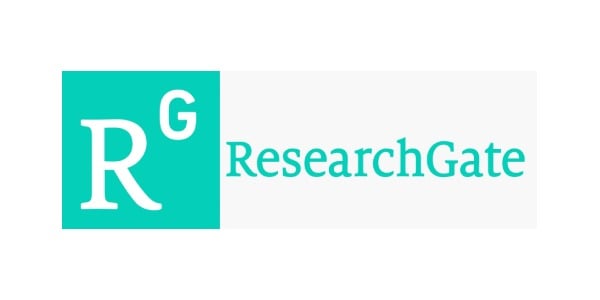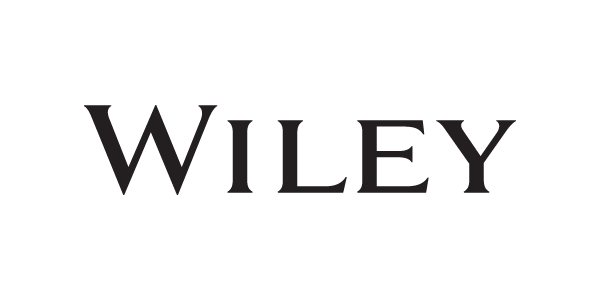1 min read
1 min read
UVC Wavelengths Effectively Inactivate Coronaviruses and Phage Phi6
 UV Medico
:
Mar 4, 2024 2:40:42 PM
UV Medico
:
Mar 4, 2024 2:40:42 PM

Ultraviolet (UV) devices emitting UVC irradiation (200–280 nm) have proven to be effective for virus disinfection, especially on surfaces and in air, due to their rapid effectiveness and limited to no material corrosion. Numerous studies of UV-induced inactivation focused on nonenveloped viruses. Little is known about UVC action on enveloped viruses across UVC wavelengths. In this study, we determined inactivation efficiencies of two coronaviruses (ssRNA) and an enveloped dsRNA bacteriophage surrogate in buffered aqueous solution (pH 7.4) using five commonly available UVC devices that uniquely emit light at different wavelengths spanning 222 nm emitting krypton chloride (KrCl*) excimers to 282 nm emitting UVC LEDs. Our results show that enveloped viruses can be effectively inactivated using UVC devices, among which the KrCl* excimer had the best disinfection performance (i.e., highest inactivation rate) for all three enveloped viruses. The coronaviruses exhibited similar sensitivities to UV irradiation across the UVC range, whereas the bacteriophage surrogate was much more resistant and exhibited significantly higher sensitivity to the Far UVC (<230 nm) irradiation. This study provides necessary information and guidance for using UVC devices for enveloped virus disinfection, which may help control virus transmission in public spaces during the ongoing COVID-19 pandemic and beyond.
Latest knowledge from UV Medico
 Read More
Read More
.jpg)
Far-UVC - Effectively Disinfects SARS-CoV-2 Surface Contamination

222 nm Far-UVC Light Safely Inactivates Airborne Human Coronaviruses

222nm UVC Light: Safe and Effective Bacterial Killer in Human Trials

1 min read
 UV222™
UV222™ UV222 Linear
UV222 Linear UV222 Downlight
UV222 Downlight Vertex 222
Vertex 222.png) UV222 Pendant
UV222 Pendant.png) UV222 Booth
UV222 Booth.png) UV222 Step-On
UV222 Step-On.png) UV222 Cleanroom Downlight
UV222 Cleanroom Downlight UV222 Dual Downlight 60x60
UV222 Dual Downlight 60x60 UV222 Material Airlock
UV222 Material Airlock UV222 Ambulance
UV222 Ambulance UV222 Compact
UV222 Compact UV222 Industrial
UV222 Industrial